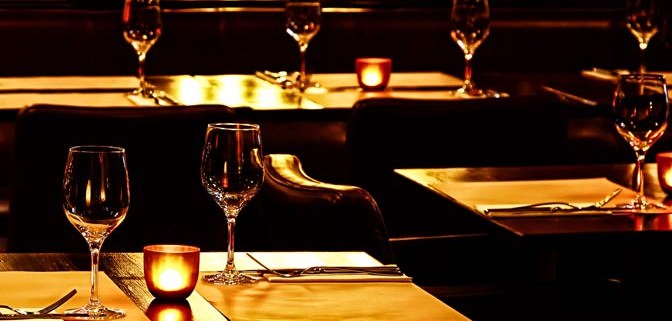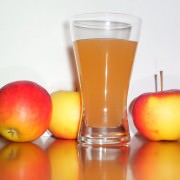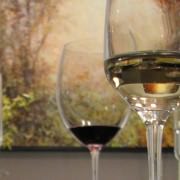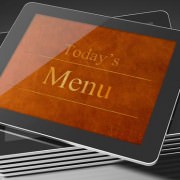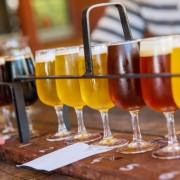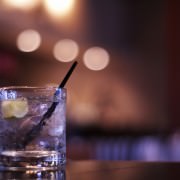5 Essentials Missing From Your Wine Menu
If your wine menu could talk, what would it say? Would it be blunt, rattling off item after item? Or would it be well versed, giving extra insight to create the ultimate dining experience? The menu is the number one selling tool behind the server. It assists customers with their decision making process and can be the final factor considered when the point of purchase is made. Your menu speaks for your restaurant, and including these 5 items on it will ensure that it is sending the right message.
Proper Design Scheme
Not only do you want your menu to be aesthetically pleasing, you need it to follow the theme of your restaurant. If you wanted to be known as the top Seafood establishment of your city, you probably wouldn’t have a menu composed of a Comic Sans font with bright yellow details. You want your menu’s look to reflect the atmosphere of the restaurant and for the guest to feel like its a piece of the puzzle that properly fits in with all other aspects. Receiving a menu that looks thrown together is an automatic turnoff, causing the consumers to quickly skim through and pick the first thing (usually the cheapest) or skip ordering a beverage all together. Things like an introductory splash screen and a customized background can intrigue customers beyond just being in the restaurant.
Negative Space
Restaurants have a bad habit of trying to fit as much information they can on the least amount of pages. This is motivated by the fear of spending too much on printing costs. It makes it more difficult for consumers to find what they want to order, frustrating them to a point where they give up on the search. Following a proper, easy-to-read format benefits everyone at the end of the day. Avoid annoyance by using iPad menus to break down the menu into categories, making selections easy to find without having to worry about page limits.
Pictures
Items that have pictures as part of their description are three times more likely to sell than other items. As the saying goes, a picture is worth a thousand words. People automatically feel more comfortable ordering a wine that has a picture because they know what to expect. Showing a label or bottle will make people pause at every selection. If you think about entering a wine section of a grocery store, a lot of the time you explore the wines by picking up bottles that have attractive labels. You might even purchase the more expensive selection because the label or bottle design caught your attention. An image can also spark the memory of a costumer of a different time they had a certain wine and enjoyed it, prompting them to order it once more.
A Reserve or Captain’s List
This is one aspect that should always be on your menu. If it’s not, here’s your chance to take our advice and put it on now. Call it whatever you want, the results of increased sales will be the same. There should only be about 20-30 higher-priced wines that appear here, but they don’t necessarily have to be the most expensive. People feel special when ordering a wine off of the reserve list, since the wines appear more unique and exclusive. Indicating the selection can be done by creating a completely separate category, or utilizing a “featured” button that marks which ones qualify.
Online Access to your Wine Menu
Over 60% of customers that make a reservation at a restaurant explore its website beforehand. They want to see what makes the restaurant special and what they have to offer compared to the rest. People who explore the menu online feel less rushed when they arrive at the table, which inspires them to take time to investigate the menu further to review the items that caught their eye previously and new additions that they may have missed.
- Sommelier Surge in Restaurants - August 7, 2015
- 3 Up-and-Coming Restaurant Industry Trends - August 6, 2015
- Millennial’s Impact on the Wine Industry - August 4, 2015

